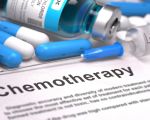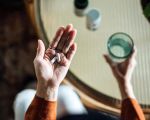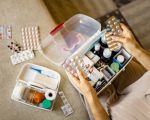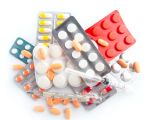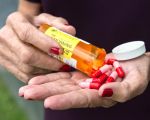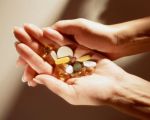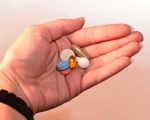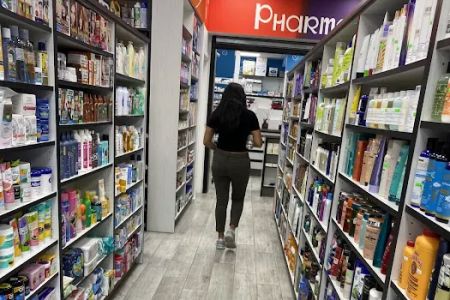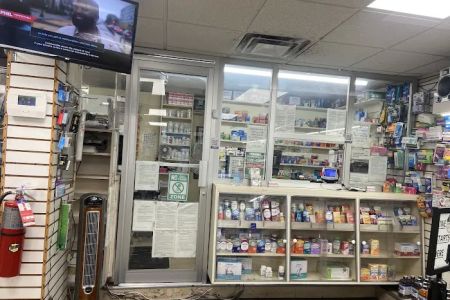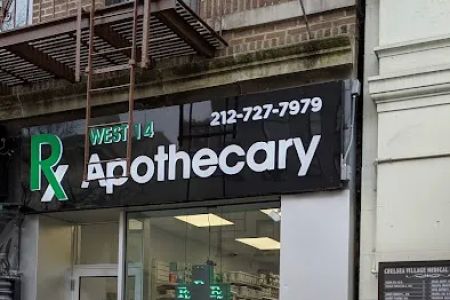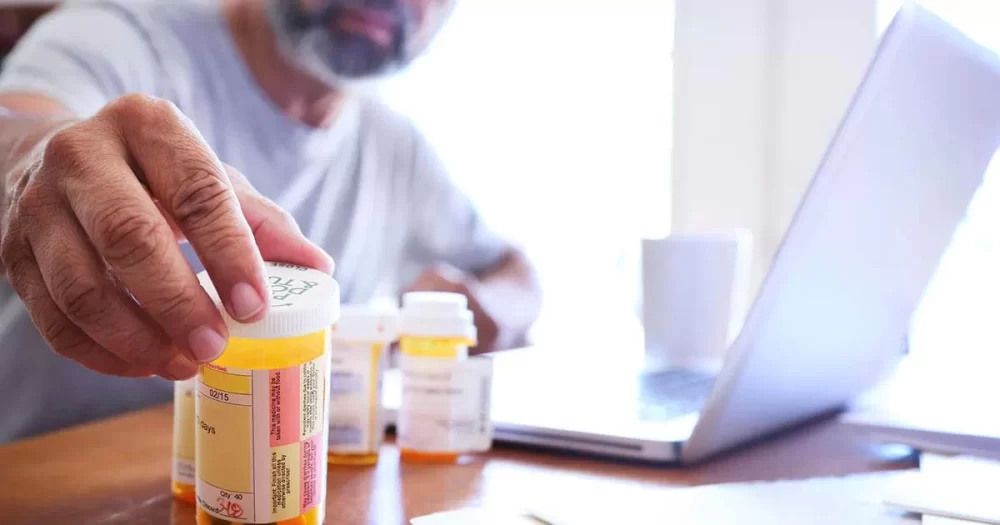
How I Learned the Hard Way About Counterfeit Medications
It started with what seemed like an innocent search online. I had just moved to a new state, was between insurance providers, and needed a refill of my usual prescription. Like many others, I thought ordering online would be a cheaper and more convenient option. But what I didn’t know was how easy it is to fall into the trap of counterfeit medications.
Within days of taking the pills I ordered from a flashy online pharmacy that offered "FDA-approved" drugs at half the cost, I began experiencing side effects I had never encountered before—dizziness, nausea, and even heart palpitations. I ended up in the ER and that’s when the doctor told me: the medication I had taken was not genuine.
Understanding the Risks of Buying Medication Online
1. The Threat of Counterfeit Drugs
Counterfeit medications may look real, but they often contain the wrong ingredients, improper dosages, or even harmful substances. In the U.S., the FDA estimates that tens of thousands of people are affected by these fake drugs every year. Many of these fakes originate from unregulated overseas manufacturers and are sold through illegitimate websites posing as legitimate pharmacies.
2. Red Flags to Watch For
Through my own experience and extensive research afterward, I learned to spot the warning signs of a rogue pharmacy. Here are some of the most common:
- No prescription required for prescription drugs
- Prices that are dramatically lower than those at U.S. pharmacies
- Missing or fake contact information
- No licensed pharmacist available for consultation
- Suspicious-looking packaging or pill appearance
3. Safe Practices for Buying Medications Online
After my experience, I vowed to never make the same mistake again. Here's how I now ensure the medication I buy online is authentic and safe:
3.1 Only Buy From Verified Pharmacies
I now only use pharmacies that are verified by the National Association of Boards of Pharmacy (NABP). They have a certification called VIPPS (Verified Internet Pharmacy Practice Sites) that ensures a pharmacy meets high standards of safety and legality.
3.2 Check the Website’s Domain
Legitimate online pharmacies in the U.S. will often have domains ending in .pharmacy. These are reserved for verified, legitimate pharmacies and help reduce the chances of encountering counterfeit medications.
3.3 Use Online Tools and Resources
There are several tools I use now before making any purchase. The FDA website offers a database of approved online pharmacies, and tools like LegitScript help verify whether a site is safe or not.
Stories From Others Who Faced the Same Risks
In online forums and community health groups, I discovered I wasn’t alone. One woman shared how her father received insulin that didn’t work, resulting in a diabetic emergency. Another man thought he was buying anti-anxiety medication but received a drug laced with fentanyl instead. These stories are not just cautionary tales—they’re real and all too common.
How I Stay Informed and Protected
Now, I treat medication purchases with the same seriousness as medical treatment itself. I read the label carefully, verify the packaging, and never skip a consultation with a licensed pharmacist. I also signed up for alerts from the FDA to stay updated on any recalls or warnings about counterfeit drugs.
Why You Should Never Compromise on Medication Safety
After all I’ve been through, I always tell friends and family: never compromise when it comes to your health. Cheaper isn’t better if it costs you your well-being. Whether you're uninsured, underinsured, or just trying to save money, it’s worth taking the extra step to verify your source.
And if you’re unsure where to start, I recommend checking out reputable online services like those listed on Pharmacy. It’s not just about saving money—it’s about staying safe.

